1. The Wildlife Trade Is a $20 Billion Black Market Industry
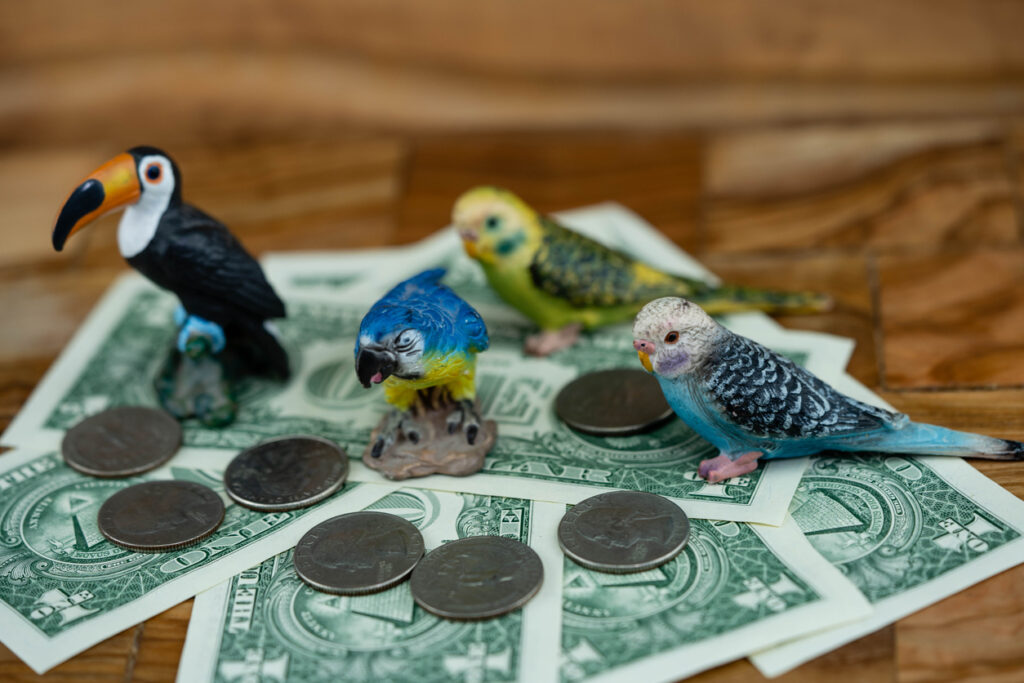
Illegal wildlife trafficking is a massive global industry, raking in an estimated $20 billion annually. This isn’t just pocket change—it’s a black market industry that ranks as one of the largest in the world, alongside drugs, arms, and human trafficking. This figure doesn’t just represent monetary profit; it’s a devastating reminder of how much is lost—both in terms of wildlife populations and ecological health—each year.
The growth of this market is fueled by an insatiable demand for animal products such as ivory, rhino horn, and exotic pets. Traffickers also exploit rare plants for timber, luxury furniture, or ornamental purposes. According to the World Economic Forum, this insatiable demand leads to the exploitation of vulnerable species and ecosystems. Loopholes in international laws and inadequate enforcement only make it easier for this trade to flourish. Unfortunately, the scale of the problem is growing as traffickers use increasingly sophisticated methods to evade detection.
2. Iconic Species Are Disappearing Before Our Eyes

When you think of endangered animals, species like elephants, tigers, and rhinos probably come to mind. Sadly, these majestic creatures are at the forefront of wildlife trafficking. Over 100,000 elephants were killed between 2010 and 2012 alone, driven by the demand for ivory. Similarly, fewer than 80,000 wild tigers are left today due to poaching for their skins, bones, and organs. According to Nature, this staggering figure represents a significant portion of the continent’s elephant population, which has been declining at an unsustainable rate. A study published in Nature revealed that the poaching rate during this period was approximately 7% per year, significantly exceeding the natural growth rate of elephant populations.
These animals aren’t just symbols of the natural world—they’re vital parts of their ecosystems. Elephants play a critical role in shaping their habitats by dispersing seeds, while tigers regulate prey populations, maintaining balance in the food chain. The loss of these species isn’t just heartbreaking; it’s an environmental catastrophe. Without immediate intervention, we risk losing these creatures forever.
3. It’s Not Just About Animals—Plants Are Trafficked Too

Illegal wildlife trafficking isn’t limited to animals. Plants, especially rare ones, are frequently targeted by traffickers. For instance, timber species like rosewood are smuggled to make luxury furniture, while rare orchids and succulents are uprooted from their natural habitats to satisfy the exotic plant market.
This rampant exploitation has devastating consequences. Forests stripped of rare plants lose their biodiversity and ability to regulate climate. Trafficked plants often die before they reach their buyers, resulting in pointless destruction. Raising awareness about this lesser-known side of trafficking is essential, as plants are critical to the health of ecosystems worldwide.
4. Pangolins: The Most Trafficked Mammal You’ve Never Heard Of

Despite their quiet, shy nature, pangolins have earned the unfortunate title of the most trafficked mammal in the world. Covered in scales made of keratin, pangolins are poached for use in traditional medicines and consumed as a delicacy in some cultures. In the last decade, over one million pangolins have been illegally trafficked, driving some species to the brink of extinction. According to the Wildlife Justice Commission, between 2016 and 2019, approximately 206.4 tonnes of pangolin scales were intercepted in various seizures, indicating a significant increase in trafficking activities.
Pangolins play an essential role in ecosystems by controlling insect populations, yet they remain one of the least understood animals in conservation. While international bans exist to protect them, demand for pangolin products continues to grow. Educating people about their ecological importance and debunking myths about their medicinal value is key to saving this unique species.
5. Wildlife Trafficking Fuels Organized Crime

Illegal wildlife trafficking isn’t an isolated issue—it’s deeply interconnected with organized crime networks. Wildlife trafficking has evolved into a lucrative segment of organized crime, generating an estimated $20 billion annually. Many of the same syndicates involved in drug and arms trafficking also engage in wildlife smuggling. According to INTERPOL, this convergence has made wildlife crime one of the largest and most profitable criminal activities worldwide. These operations are highly sophisticated, relying on forged permits, bribery, and money laundering to move products across borders.
The profits from wildlife trafficking often fund other criminal activities, including human trafficking and terrorism. By buying wildlife products, consumers unknowingly contribute to this cycle of corruption and violence. Tackling wildlife trafficking is as much about protecting animals as it is about dismantling the criminal enterprises that exploit them.
6. Exotic Pets Fuel the Trafficking Trade
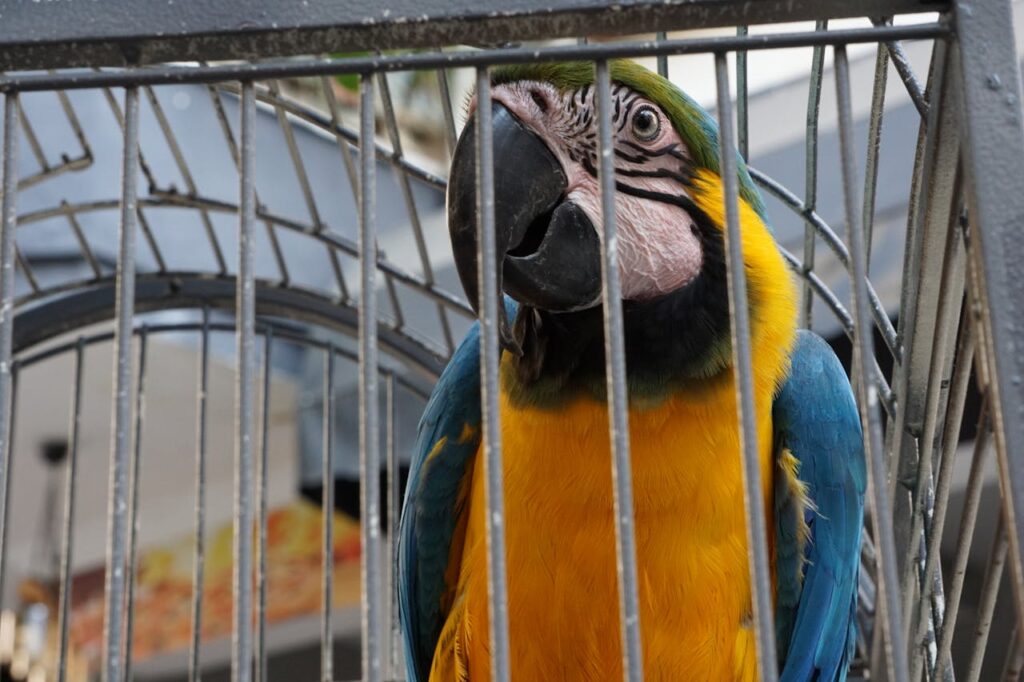
Owning exotic pets might seem trendy or fun, but it’s a major driver of wildlife trafficking. Parrots, monkeys, reptiles, and even big cats are captured from the wild and sold as pets. The journey is often brutal, with animals crammed into small spaces without food or water. Many don’t survive the trip.
Even for those that do, life in captivity is rarely suitable. Exotic animals often require specialized care, diets, and environments that most people can’t provide. Worse, the demand for these pets encourages traffickers to continue poaching from the wild. Choosing domesticated pets over exotic ones can help break this cycle.
7. Public Health Risks Are Linked to Trafficking

The illegal wildlife trade poses serious risks to human health. Many zoonotic diseases—those that jump from animals to humans—are linked to wildlife trafficking. COVID-19, SARS, and Ebola are just a few examples of outbreaks tied to the consumption or handling of wild animals. According to UNODC, the World Wildlife Crime Report highlights that zoonotic diseases account for up to 75% of all emerging infectious diseases, underscoring the potential for wildlife trade to initiate epidemics.
When trafficked animals are sold in unregulated markets, they’re often kept in overcrowded and unsanitary conditions, creating a perfect breeding ground for diseases. Reducing wildlife trafficking isn’t just a conservation issue; it’s a public health necessity. Preventing the next pandemic starts with addressing this dangerous trade.
8. Online Marketplaces Make Trafficking Easier

The rise of the internet has revolutionized wildlife trafficking. Social media platforms and online marketplaces allow traffickers to connect with buyers quickly and discreetly. Exotic pets, ivory, and rare plants are often advertised as “legal” goods, making it hard to distinguish legitimate sellers from illegal ones. According to the World Wildlife Fund (WWF), over 11.6 million online posts selling prohibited wildlife were blocked or removed between March 2018 and September 2021.
However, technology is also being used to fight back. Conservationists and law enforcement agencies are leveraging artificial intelligence and data analytics to track and shut down illegal sales. But the fight is far from over, and consumers need to stay vigilant when purchasing wildlife-related products online.
9. Traditional Medicine Drivers Demand for Wildlife Products
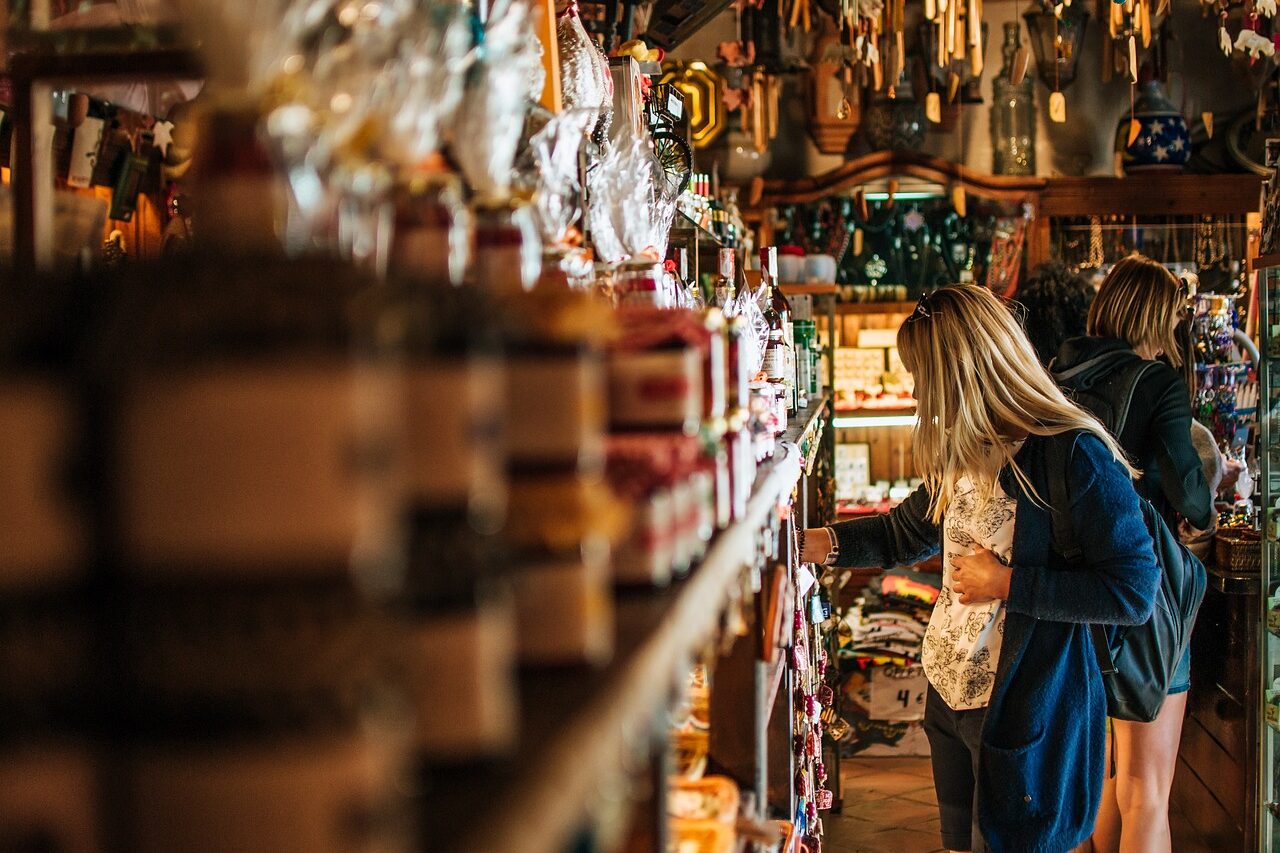
For centuries, certain cultures have relied on traditional medicine that uses wildlife products like rhino horn, tiger bone, and pangolin scales. These remedies are often believed to treat a wide range of ailments, from arthritis to infertility. While the science behind these claims is weak or nonexistent, the demand persists, driving traffickers to poach animals on a massive scale.
Take the rhino horn, for example: it’s made entirely of keratin, the same protein in human nails and hair. Yet, in some countries, it’s ground into powder and consumed as a supposed cure-all. Despite global campaigns to debunk these myths, the illegal trade continues. Educating communities about sustainable alternatives and busting these medical myths is a vital step in reducing demand.
10. The Ecosystem Consequences Are Catastrophic
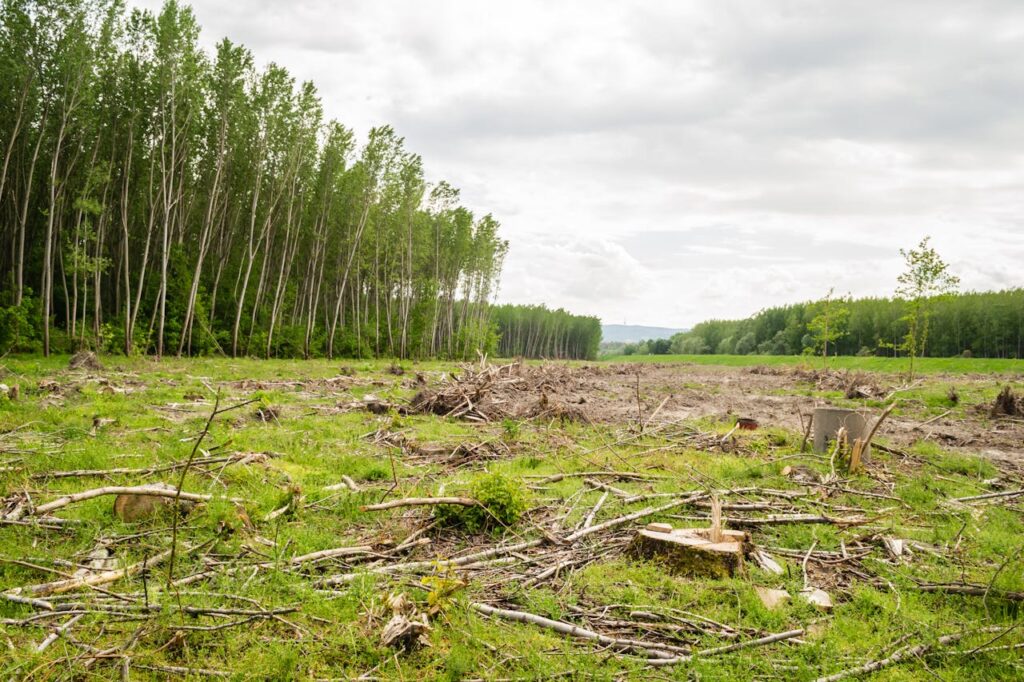
Wildlife trafficking doesn’t just harm individual animals—it disrupts entire ecosystems. Many species that are targeted by traffickers play crucial roles in their habitats. For example, elephants help maintain forests by dispersing seeds, while vultures clean up carcasses and prevent the spread of disease.
When these species are removed from the wild, their ecosystems suffer. Biodiversity declines, food chains are disrupted, and ecosystems become less resilient to environmental changes. This, in turn, affects human populations that rely on these ecosystems for resources like food, water, and medicine. The ripple effect of trafficking is far-reaching and often irreversible.
11. Local Communities Suffer the Most
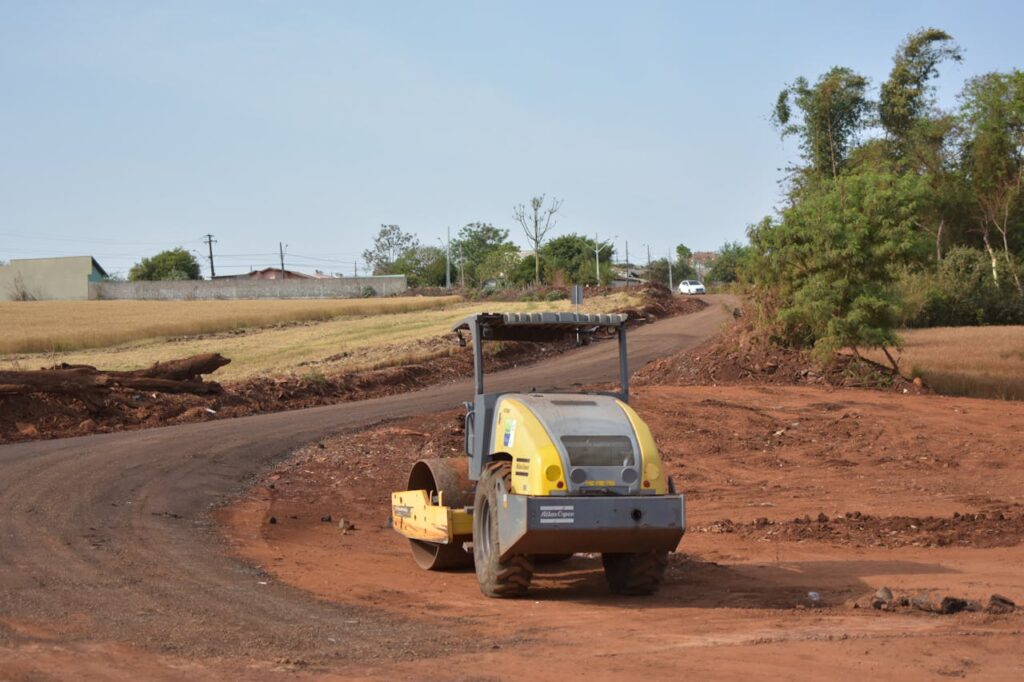
The people most affected by wildlife trafficking are often those living closest to the animals and plants being exploited. Many rural communities depend on biodiversity for their livelihoods, whether through farming, fishing, or eco-tourism. When traffickers strip their lands of resources, it leaves these communities vulnerable to poverty and food insecurity.
In some cases, traffickers recruit locals to assist in illegal activities, offering short-term financial gain in exchange for long-term environmental destruction. However, with proper support, these same communities can become powerful allies in the fight against trafficking. Eco-tourism, sustainable agriculture, and fair-trade markets are just a few ways to empower them while protecting their natural resources.
12. Laws Are Often Weak or Poorly Enforced

Although wildlife trafficking is illegal in most countries, enforcement of these laws is often weak or inconsistent. In some regions, corrupt officials turn a blind eye to the trade, while in others, underfunded wildlife agencies struggle to keep up with traffickers’ increasingly sophisticated tactics. According to the World Bank, inadequate legal frameworks and lenient penalties contribute to the ongoing crisis, as traffickers often face minimal consequences for their actions. For instance, light sentences and small fines fail to deter repeat offenders, allowing illegal activities to persist.
Even when traffickers are caught, they rarely face significant penalties. Light sentences and small fines fail to deter repeat offenders. Strengthening international cooperation and imposing harsher penalties are essential for curbing the illegal wildlife trade. Advocacy efforts can help push governments to take a stronger stance against traffickers.
13. You Can Make a Difference by Taking Action

While the scale of illegal wildlife trafficking can feel overwhelming, individual actions do make a difference. By making conscious choices, you can help reduce demand and support conservation efforts. Avoid purchasing exotic pets, souvenirs made from animal parts, or rare plants that might have been trafficked.
You can also support organizations working to combat trafficking, whether through donations, volunteering, or spreading awareness. Encourage friends and family to make ethical choices and educate them about the impact of this trade. Even small steps—like signing petitions or sharing information on social media—can create a ripple effect. Together, we can fight back against this crisis and protect the world’s incredible biodiversity for future generations.


